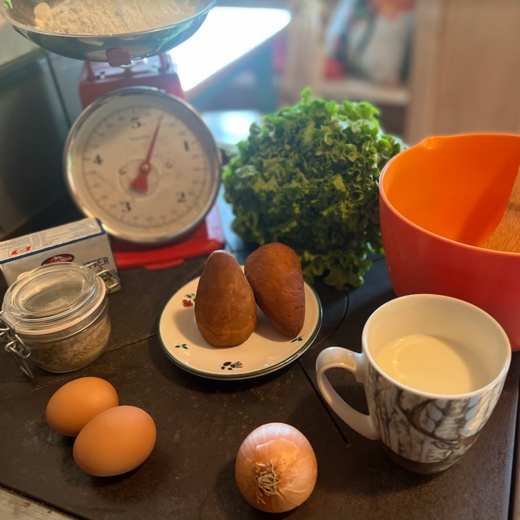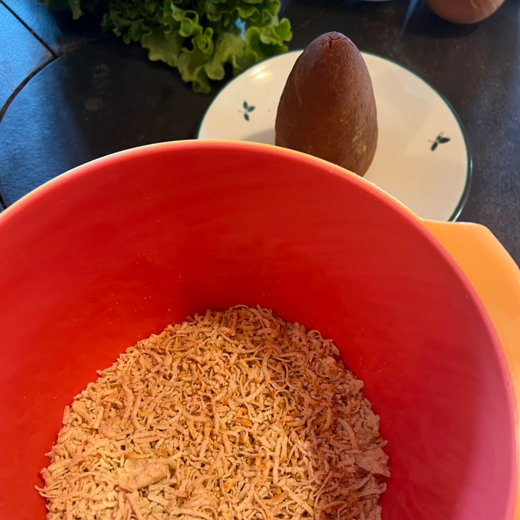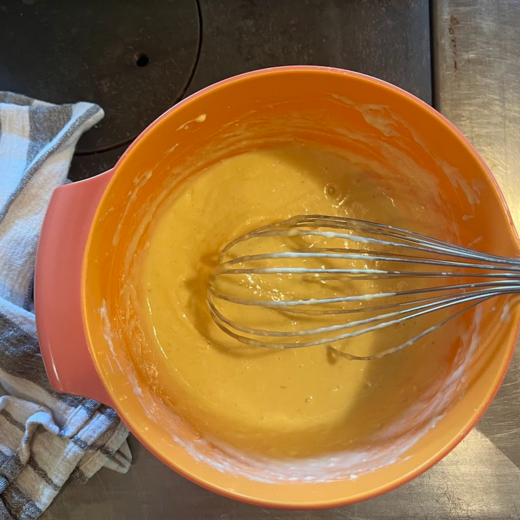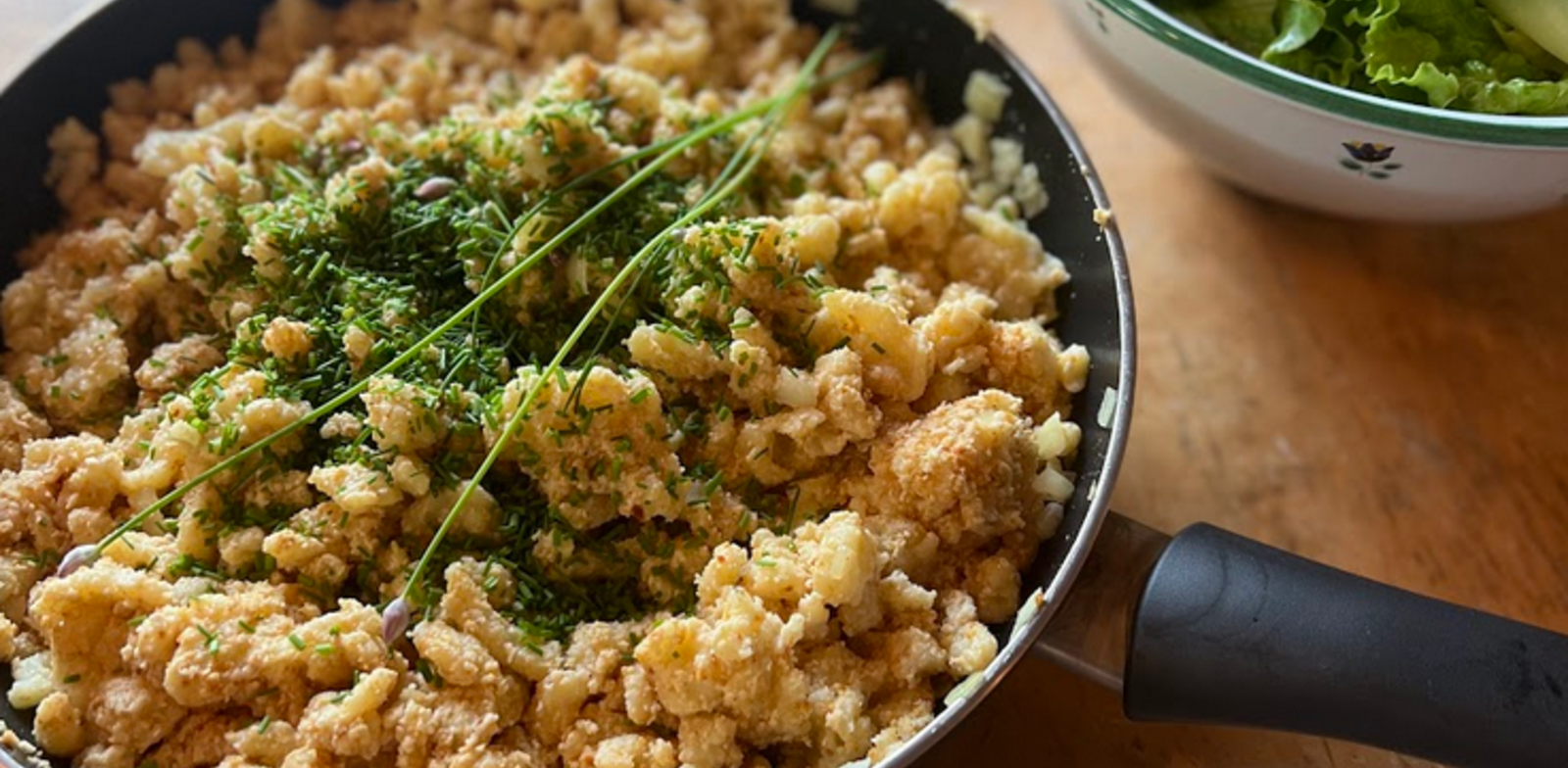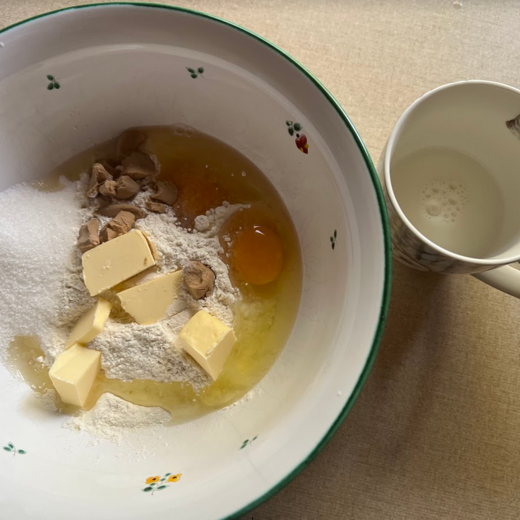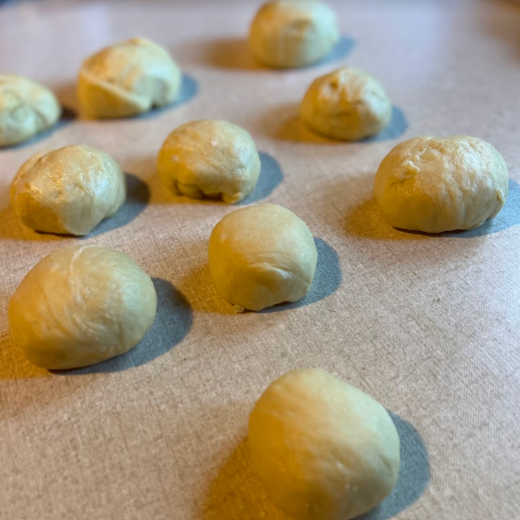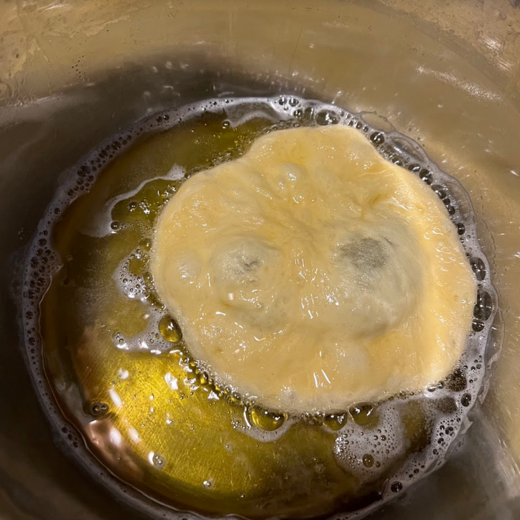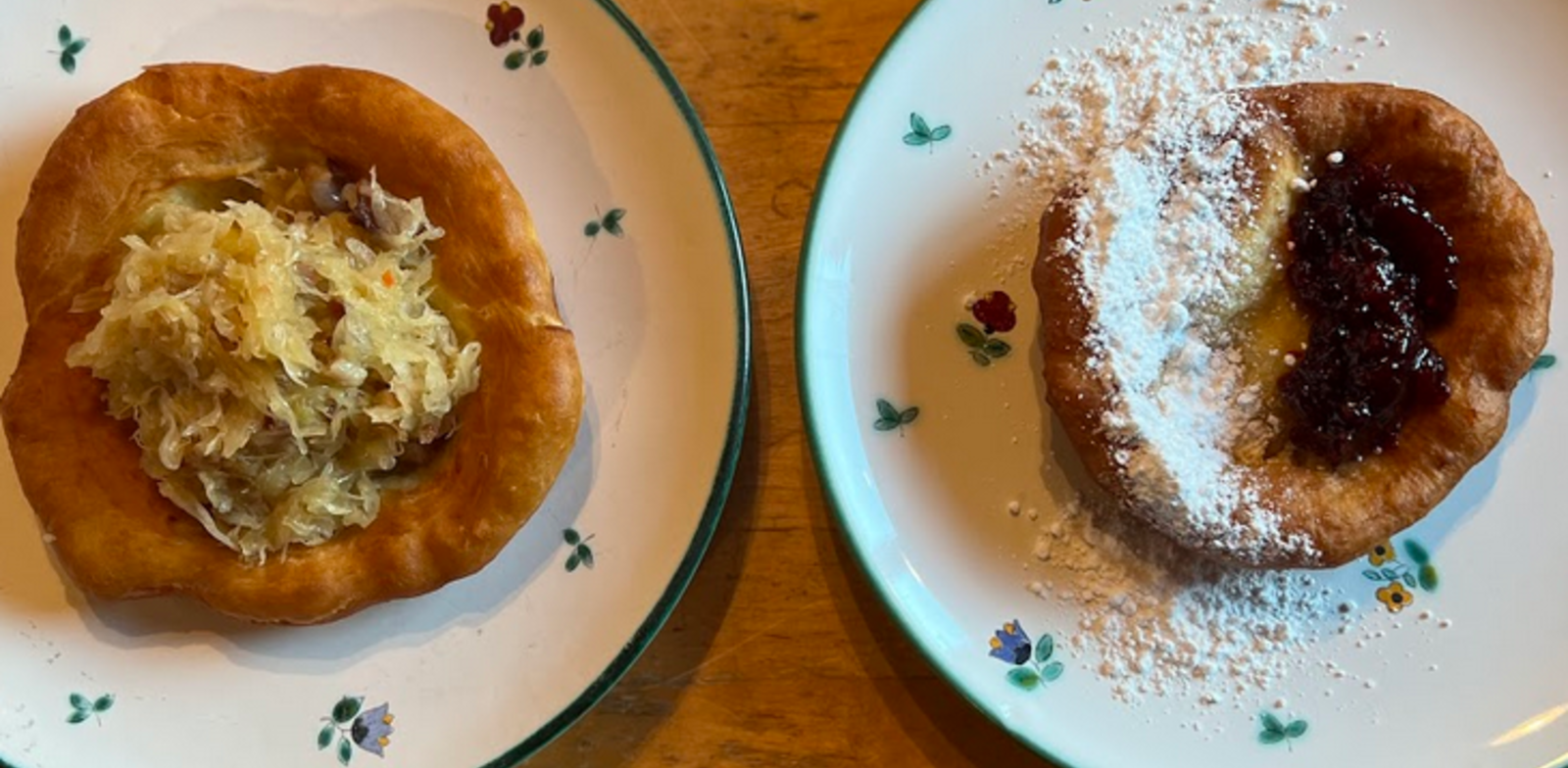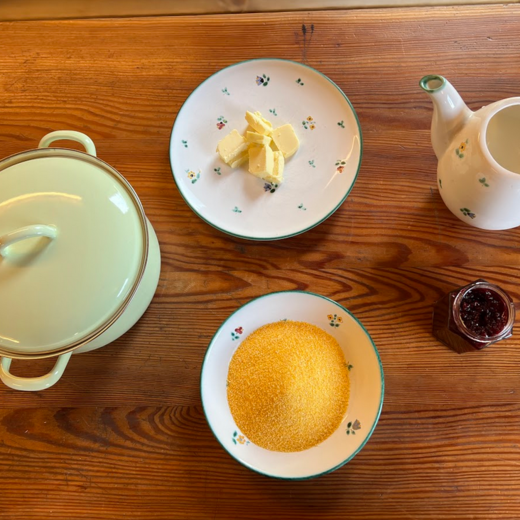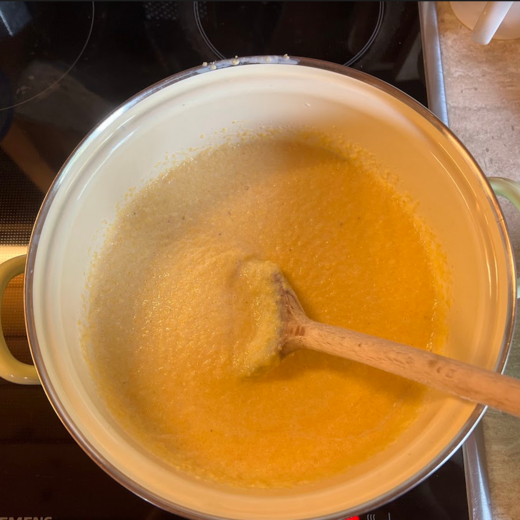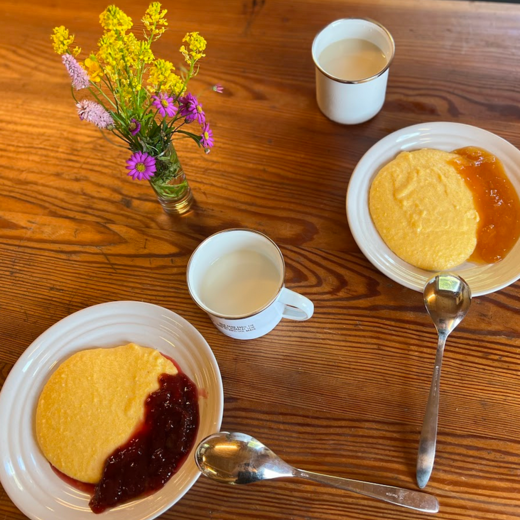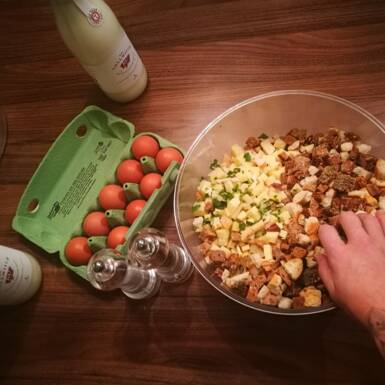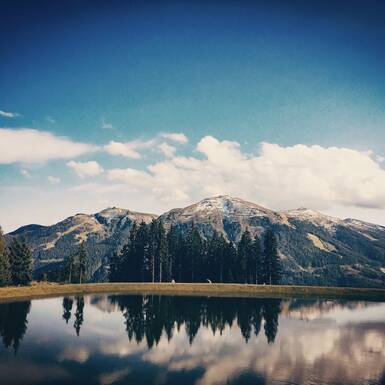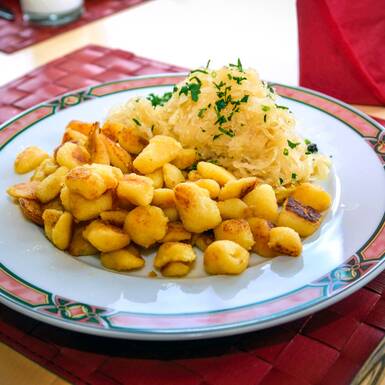- Cuisine
- The laid-back 3
The Laid-Back 3 – Traditional Recipes from the Glemmtal Valley and the surrounding Region
Flicking through old cookbooks from the Alps, one can’t help but notice the astonishing variety of food created from only a few basic ingredients. Butter, flour and milk – products that farmers could produce themselves – were the main staple of the Alpine cuisine for centuries and created mostly food that was rich in calories. In a time where incredibly tough manual labor and a life of full of privations was the norm, the goal was to feed people as best as possible with what little resources were available. However, many of these traditional recipes and dishes have stood the test of time and still define a unique food culture within the Alps. What were once staples of everyday life are now dishes mostly served on holidays and special occasions. Today, we’ve compiled three of these traditional dishes for you to cook at home – have fun & MOIZEID!
A popular classic – Pinzgauer Schottnocken
Due to the general scarcity of food at the time it was essential to make the most of what was available. The creativity in which the basic ingredients were mixed, treated and processed has led to some truly unique dishes which have seen quite a revival over recent years. Schottnocken, to name a nice example, used to be a staple of the Pinzgauer cuisine. To create it, the “Schotten” a by-product of cheese-making mainly consisting of a mixture of whey and buttermilk is smoked to add to the unique flavor of the Schottnocken. Combined with a fresh farmer’s salad, people enjoy the unique and flavorsome dish to this day.
Ingredients for four servings:
370 g of flour
250 ml of milk
2 eggs
A pinch of Salt
70 g smoked Schotten
One onion
80 g of butter
A hand full of chives
Salad from your garden
Vinegar, oil, salt, pepper and herbs for the dressing
And this is how it’s done:
Mix the flour, milk and eggs with a pinch of salt to create the dough for the Schottnocken and let it rest while moving on to the next step.
Grate the Schotten, peel the onion and cut it into fine cubes. Wash the salad, prepare it in a large bowl and add a dressing of your choice.
Boil the water with some salt in a large pot and let the dough drip in with the help of a large spoon. The Nocken will rise to the top once they are done. Once all the Nocken have risen to the top, strain the water and briefly plunge the Nocken into cold water.
Heat the butter in a pan, add the diced onions and fry them until they turn a light brown. Then add the Schotten and let everything fry for a few moments. Finally, add the Nocken, mix everything together, sprinkle the chives over the dish and prepare everything to be served.
And that’s it. Enjoy!
Back in the day, everyone had their set place at the table as well as an individual spoon located in a drawer underneath the table. The large frying pan would be set onto the table straight from the wood-fired stove and everyone would start eating following a shared prayer.
Baking like in the old times – Bauernkrapfen
A specialty that is still somewhat common are Bauernkrapfen (a kind of traditional farmer’s doughnut). It can be a highlight in a hearty meal of sauerkraut and bacon, a sweet dessert with cowberry jam and sugar or just be eaten plain and on its own with a cup of coffee. It’s a true delicacy for the entire family that everyone can enjoy however and with whatever they prefer.
Ingredients for 10 Krapfen:
250 g of flour
2 eggs
50 g of butter
25 g of sugar
25 g of yeast
1/8 l of milk
Fat for baking (butter or oil)
Depending on the preference: Sauerkraut with bacon cubes or cowberry jam and powdered sugar
And this is how it’s done:
Mix all the ingredients to create a nice, soft dough. Let it rest for half an hour, knead the dough once more and leave it to rest for another half an hour.
Separate the dough in hand-sized pieces, form the pieces into smooth balls and let them rest for another 10 minutes.
Heat the butter or oil in the pan to 160 °C, stretch the doughballs out and let them bake until they’re golden-brown.
Let the Krapfen cool down a bit and serve with sauerkraut or as a dessert with cowberry jam and powdered sugar.
To finish it off – sweet Polenta
Polenta, as the mush made from cornmeal is called in Austria, has historically been a main staple of the Glemmtal cuisine. Today, it’s mostly served in a creamy variant with Alpine cheese or grilled with fish and meat. Back in the day when the Glemmtal was still dominated by mountain farming, the sweet Polenta used to be made with milk to feed hungry family members, workers, farmhands and servants alike.
Sweet Polenta was traditionally eaten as main dish before it turned into more of a dessert or sweet snack in more modern times.
Ingredients for 4 servings:
600-900 ml of milk depending on the desired consistency (historically, water was also used to replace milk)
200 g of fine cornmeal (Polenta)
4 tbsp. of Butter
4 tbsp. of homemade jam
And this is how it’s done:
Heat up the milk or water in a pot or pan and slowly add in the cornmeal. Let everything simmer at medium heat for about 5 minutes whilst stirring continuously until the Polenta has reached the desired consistency, then stir in the butter. Serve with a spoonful of homemade jam. Historically, a glass of milk was considered to be the ideal additional source of energy for this meal and in fact, many still drink a fresh glass of milk with their Polenta to this day.
Traditionally, every housewife had her own recipes which were often only passed down verbally from mother to daughter and daughter-in-law. The most defining ingredient was considered to be a ‘feel-for-cooking’ – the way a perfect dough for Krapfen feels, if an egg or some water is missing for the perfect Nockerl or how much honey to put into the Polenta. In Austrian, this was and still is described as „Gfühssoch – des koma nid aufschreim“ (It’s a feeling – you can’t write that down).
These traditional dishes tasted good back then and they still taste good today. The most magical moments are the one’s when the smell of this traditional cooking wafts through the historic streets of the Glemmtal Valley and conjures up memories of a time long gone. A number of these traditional dishes are also served at the more than 50 huts and mountain restaurants throughout the valley. Enjoying traditional Alpine cuisine with a stunning view of the mountains and a cup of coffee – simply splendid.

